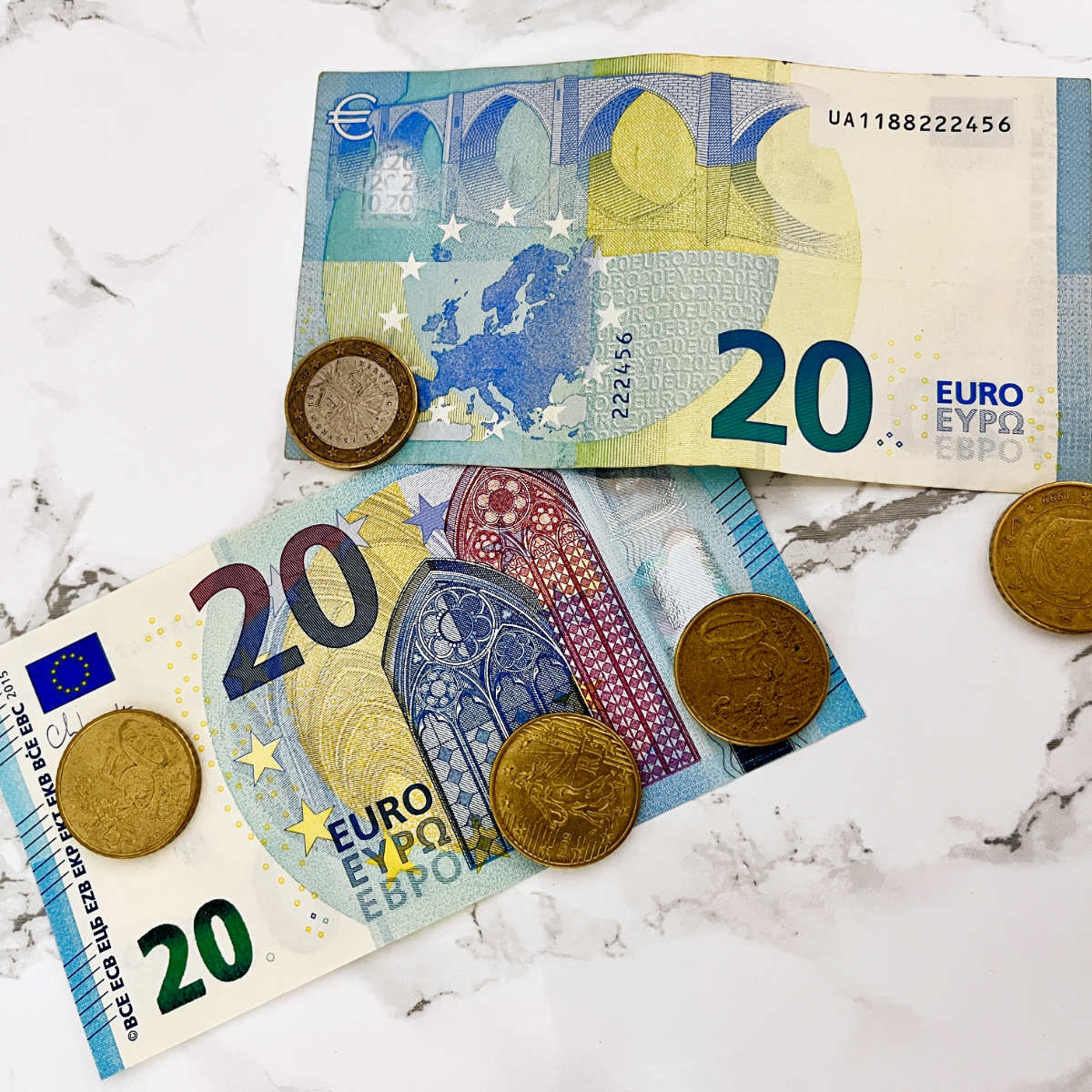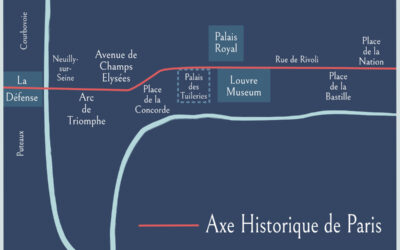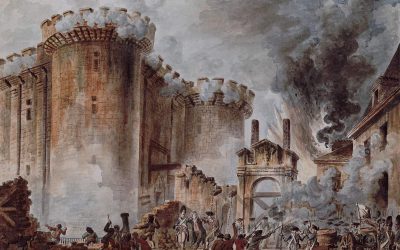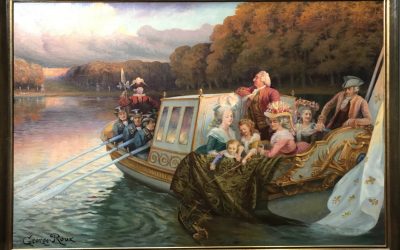The actual currency in France is the Euro with the symbol € and has been since January 1st, 1999. One Euro is made up of 100 cents, or ‘centimes’ in French. (Of note, France is not a cashless society so Euro notes and 50 cents €1 & €2 coins are always very useful.)
The history of French currency is a real-life soap opera, complete with plot twists and a revolving door of lead actors. It is nearly as tumultuous as the history of France itself.
Back in the day, French currency was like a menu at a fancy restaurant. it changed depending on who was in charge. Kings, emperors, revolutionary leaders, and the victors of war all had their say.
Currencies were named after royalty and nobility, and the weight would depend on those in charge. Some coins were chunky, some were dainty, and some were probably just lost in the couch cushions of history.
- 1. The Franc currency originated from the Livre.
- 2. The Livre was divided into sous and deniers.
- 3. Each duchy and monarch printed their own currency.
- 4. Philip II Augustus adopted the Livre tournois.
- 5. Louis IX minted gold and silver coins.
- 6. Franc coins were minted in the Middle ages.
- 7. In 1667, the Livre Parisis currency was abolished in France.
- 8. The first paper money was issued in 1701.
- 9. One franc divided into 100 centimes.
- 10. The country's motto was inscribed on the franc.
- 11. During World War II, the French Franc was pegged to the German Reichsmark.
- 12. After the liberation of France, the U.S. tried to impose the U.S. occupation franc.
- 13. The nouveau franc was introduced in 1960.
- 14. The symbol of the Franc was F or Fr.
- 15. In 1969, the franc became a free-floating currency.
- 16. The Euro replaced the Franc on January 1, 1999.
1. The Franc currency originated from the Livre.
The French franc currency traces its origins to the Carolingian monetary system established by Charlemagne in the 8th century AD.
Charlemagne was the King of the Franks, who greatly expanded the empire of the tribes of Franks across Western Europe.
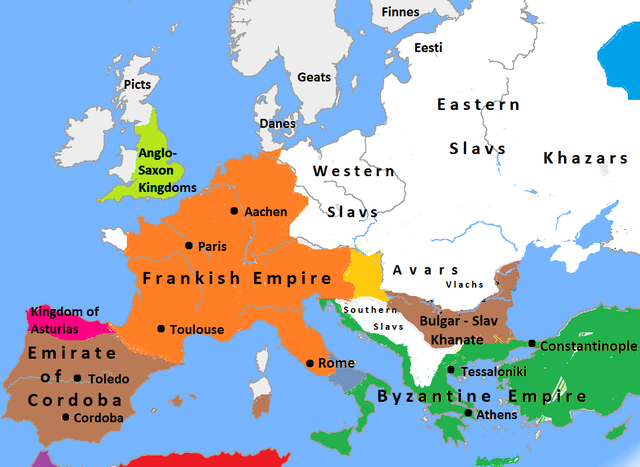
The livre was established by Charlemagne as a unit of account equal to 1 pound of silver. The currency by Charlemagne was known as the livre carolingienne to distinguish it from the livres that came later.
2. The Livre was divided into sous and deniers.
The word livre came from the Latin word libra, a Roman unit of weight. The livre was subdivided into 20 sous (also sols which were the equivalent of shillings), which was further divided into 12 deniers (the equivalent of pennies).
3. Each duchy and monarch printed their own currency.
After Charlemagne, each French King continued to mint their own money. In addition, the different duchies of France were semi-autonomous from the Capetian kings and each minted its own currency.
One of the largest at the time was the livre identified as livre parisis for “money of Paris”.
4. Philip II Augustus adopted the Livre tournois.
In the early Middle ages, Philip II Augustus decided to standardize the currency to control the flow of money and avoid fraud. He had conquered much of the continental Angevin Empire from King John of England (who had inherited it from his mother Eleanor of Aquitaine and ancestor William the Conqueror).
This meant that the French King now controlled large parts of the Duchy of Normandy, Anjou, and Touraine. The currency minted at the city of Tours in Touraine was considered quite stable, and Philip II decided in 1200AD to adopt the livre tournois as the currency of his lands.
5. Louis IX minted gold and silver coins.
After returning from the crusades in the 1250s, Saint Louis IX decided to mint the first gold écu d’or and silver gros d’argent coins.
The weights of the coins were roughly equivalent to the livre tournois and the denier, maintaining the same standard as his predecessors.

6. Franc coins were minted in the Middle ages.
Between 1360 and 1641, franc coins worth one livre tournois were minted, under the reign of King Charles V, Henri III and Henri IV. The use of the name “franc” became a synonym for livre tournois in accounting.
7. In 1667, the Livre Parisis currency was abolished in France.
In the 17th century Sun King Louis XIV of France officially abolished the Livre Parisis in favour of exclusive use of the Livre Tournois.
Previous monarchs had tried to end the use of the Livre Parisis which was pegged to the Livre Tournois, but had not quite managed to stamp it out.
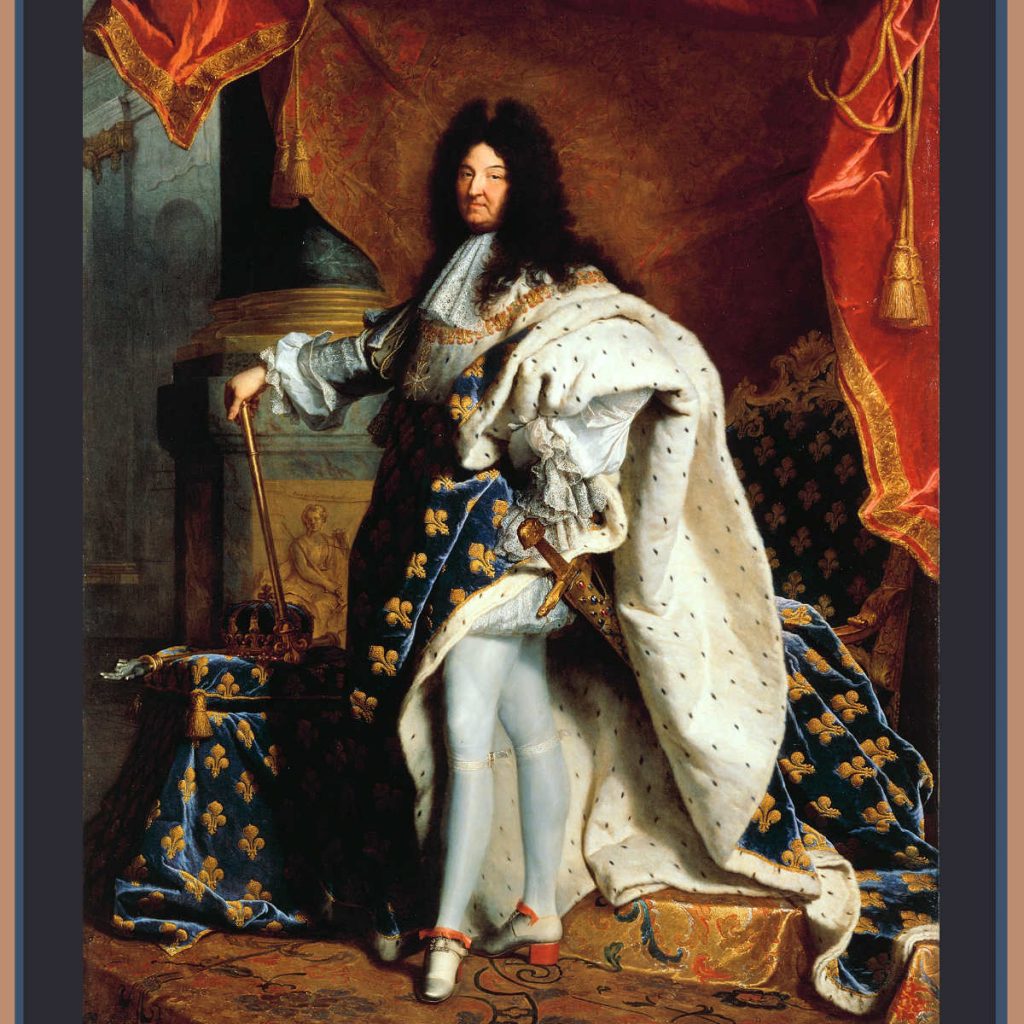
8. The first paper money was issued in 1701.
The first French paper money was issued between 1701 and 1720 and was denominated in livre tournois (called franc for accounting purposes). It was now much easier to carry large amounts of money without being weighed down.
9. One franc divided into 100 centimes.
The sub-units of the French franc were called the centimes. Today, the Euro in France is still divided into centimes.
10. The country’s motto was inscribed on the franc.
The motto of France is Liberté, Égalité, Fraternité (meaning Liberty, Equality & Fraternity). It was inscribed on schools, monuments, as well as on the Franc currency.
The motto was developed after the French Revolution in 1789, and was influenced by the 1st version of the American pledge of allegiance. (France had aided the U.S.A. to counteract the hated British, and so rejoiced in their victory.)
11. During World War II, the French Franc was pegged to the German Reichsmark.
During the German occupation of France from 1940–44, the franc became a satellite currency of the German Reichsmark. The exchange rate was 20 francs for 1 RM.
In addition, the motto on coins was changed, with Liberté, égalité, fraternité (Liberty, Equality, Fraternity) replaced by the words “Travail, famille, patrie” (Work, Family, Fatherland).
12. After the liberation of France, the U.S. tried to impose the U.S. occupation franc.
In 1944 after the liberation of Paris and France, the US attempted to impose the use of the US occupation franc. The U.S. government decided to print and issue banknotes to replace German-printed franc banknotes issued during the Occupation.
Similar to the materials and format of the American dollar, the notes were did not mention of the political regime, but with however the French republican motto Liberté, Égalité, Fraternité was printed on the back.
French General Charles De Gaulle banned the use of the U.S. occupation franc on June 27, 1944, as soon as he was installed in the Provisional Government of the French Republic.
13. The nouveau franc was introduced in 1960.
In January 1960 the French franc was revalued, with 100 existing francs making one nouveau franc. Many French people continued to use the term anciens francs (meaning “old francs”) to translate the prices of items.
14. The symbol of the Franc was F or Fr.
The symbol of the French franc currency was F or Fr. It was also briefly noted NF or “Nouveau franc” during the 1960s. It was also sometimes unofficially noted as FF and ₣.
15. In 1969, the franc became a free-floating currency.
In 1969, the fixed-rate currency system was switched to the free-floating exchange rate system against other currencies. A large devaluation of 11% in the value of the Franc occurred in August 1969 due to this change.
16. The Euro replaced the Franc on January 1, 1999.
On January 1, 1999, France abandoned its old currency, the Franc, and adopted the Euro as its official currency.
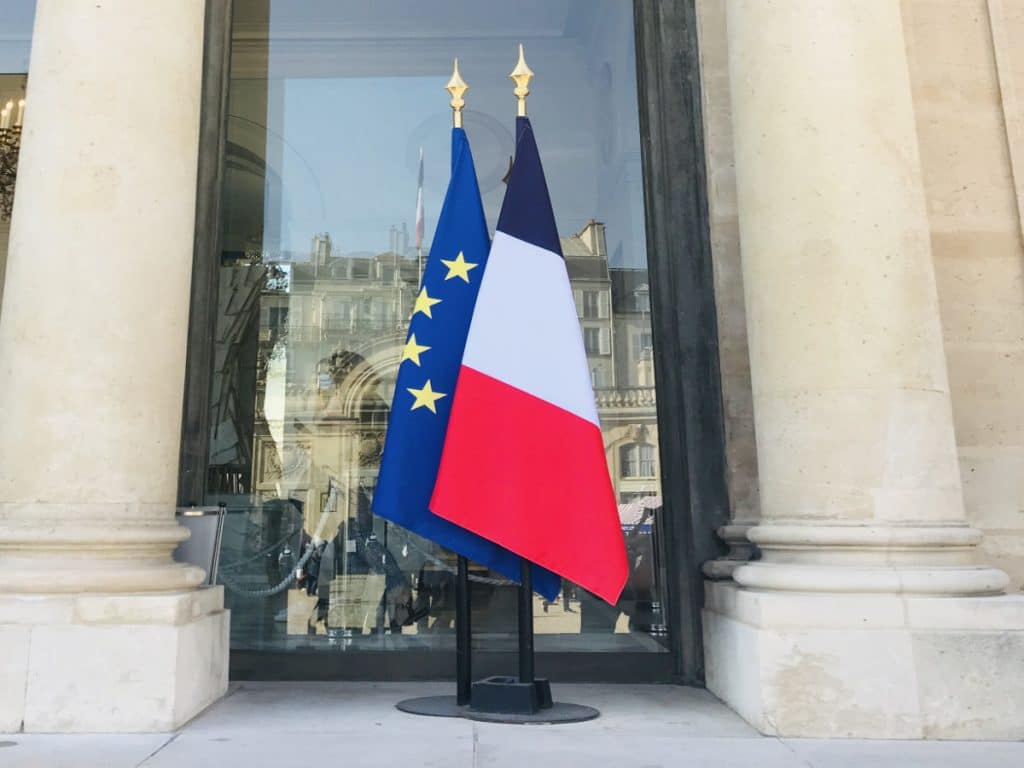
As France is one of the founding members of the Eurozone with enemy-turned-ally neighbor Germany, the Euro has become the legal currency for 19 out of the 27 member states of the European Union (EU).
The final exchange rate at the time was 6.55957 French francs for 1 euro. Today, the euro is the second-largest reserve currency as well as the second-most traded currency in the world after the United States dollar.

If you enjoyed that article, you may like to read more interesting facts about France. A bientôt!
